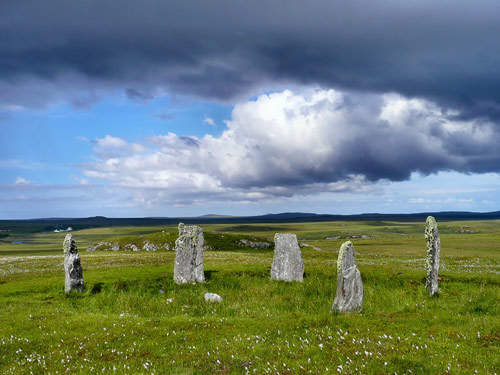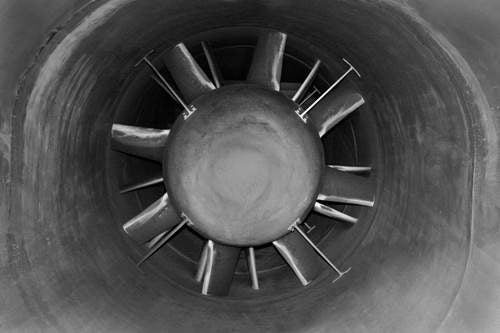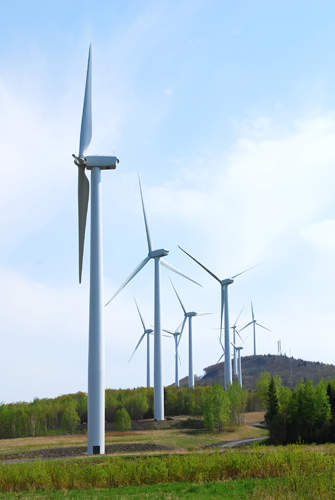Lewis Wind Farm (LWF) is the first large-scale wind power plant in Western Isles. It is located at Muaitheabhal in Western Isles, Scotland. The project is being developed by Lewis Wind Power Limited (Lewis Wind). The plant will comprise of 33 wind turbines and will generate 118MW of power.
The LWF project is being developed with the aim of producing green electricity that will be enough to power 55,000 houses.
The wind power plant was approved by the Scottish government in January 2010.
John Muir Trust, a landscape conservation charity opposed the construction of the wind farm. The reasons for objections include visibility of some turbines from the Calanais standing stones. The LWF project has, however, been continued as more renewable power generating plants are required to produce emission-less power.
Lewis Wind Farm project history
The project was initiated in 2001, out of a number of energy concerns confronting the UK and Western Isles.
An application to build and run a 53 turbine wind farm was submitted to the Scottish Government, by Beinn Mhor Power and Crionaig Power, in December 2004.
Scottish Natural Heritage (SNH), the government body that oversees the preservation of natural heritage in Scotland, objected the project by considering the serious impact of the farm on the Lewis Peatlands Special Protection Area.
A public inquiry was carried out in May 2008 at Stornoway, and the inquiry report was submitted to Scottish Government in September 2008.
Following the objection, the developer has submitted the Supplementary Environmental Information (SEI) in July 2009. Further, it was immediately subject to statutory consultation.
The SEI included a revised layout of the wind farm. The revisions included reducing the turbines from 53 to 39, the height of the turbines to be 145m and the total generating capacity of the plant revised to be up to 140MW.
The revised layout addresses the objections raised by SNH, by removing all the turbines from within the boundary of the National Scenic Area. The project was permitted, but just 33 turbines were allowed as against the 39 turbines proposed in the revised plan. The six turbines were not approved by the government in order to lower the visual impact of the strategy. This brought down the generating capacity of the wind farm to 118MW.
Plant Details
The LWF project was approved by placing series of conditions including protection of the outstanding natural surroundings and scenery, enhancement of transportation and minimisation of disturbance to the communities. LWF and the Baillie wind farm (BWF) near Thurso were approved by the government during the same week. The BWF will supply electricity to the upgraded Beauly to Denny power transmission line.
The LWF will employ 33 turbines of 3.6MW each. The turbines that will be integrated are of horizontal axis, and of upwind machine. Each turbine will have three glass or carbon fibre reinforced blades. The maximum height of the turbines is 140m and the rotor diameter is 107m.
The wind farm will be built in an area of 78km2. It will have Loch Seaforth in the north and west, and will be surrounded by Loch Sealg in the south-east border.
Lewis Wind made an agreement with the Comhairle nan Eilean Siar in 2010. It involved commitment of 1% of turnover of the LWF to the Muaitheabhal Community Wind Farm Trust. Further, Western Isles Development Trust will be paid 0.5% share of turnover of LWF.
The agreement was made by Lewis Power for enhancing the estate’s environmental and cultural heritage.
Construction
LWF will be constructed on Eisgein Estate at Muaitheabhal. The project’s construction work includes building of reinforced-concrete foundations to install the wind turbines. The buried foundations will be of 22m long, with a breadth of 22m and thickness of 2m. A two metre high column will also be laid in the middle for the tower.
The turbines will be installed in groups of nine. A hardstanding area will be constructed adjacent to the foundations, to place the cranes that will be used in the installation of turbines.
Locally sourced material, transport, workers and rented equipment will be used during the construction of the power farm in order to provide maximum economic benefit to the Isle.
During the construction phase the project will create 150 construction jobs. Further, it will also create few permanent jobs, once operational.




